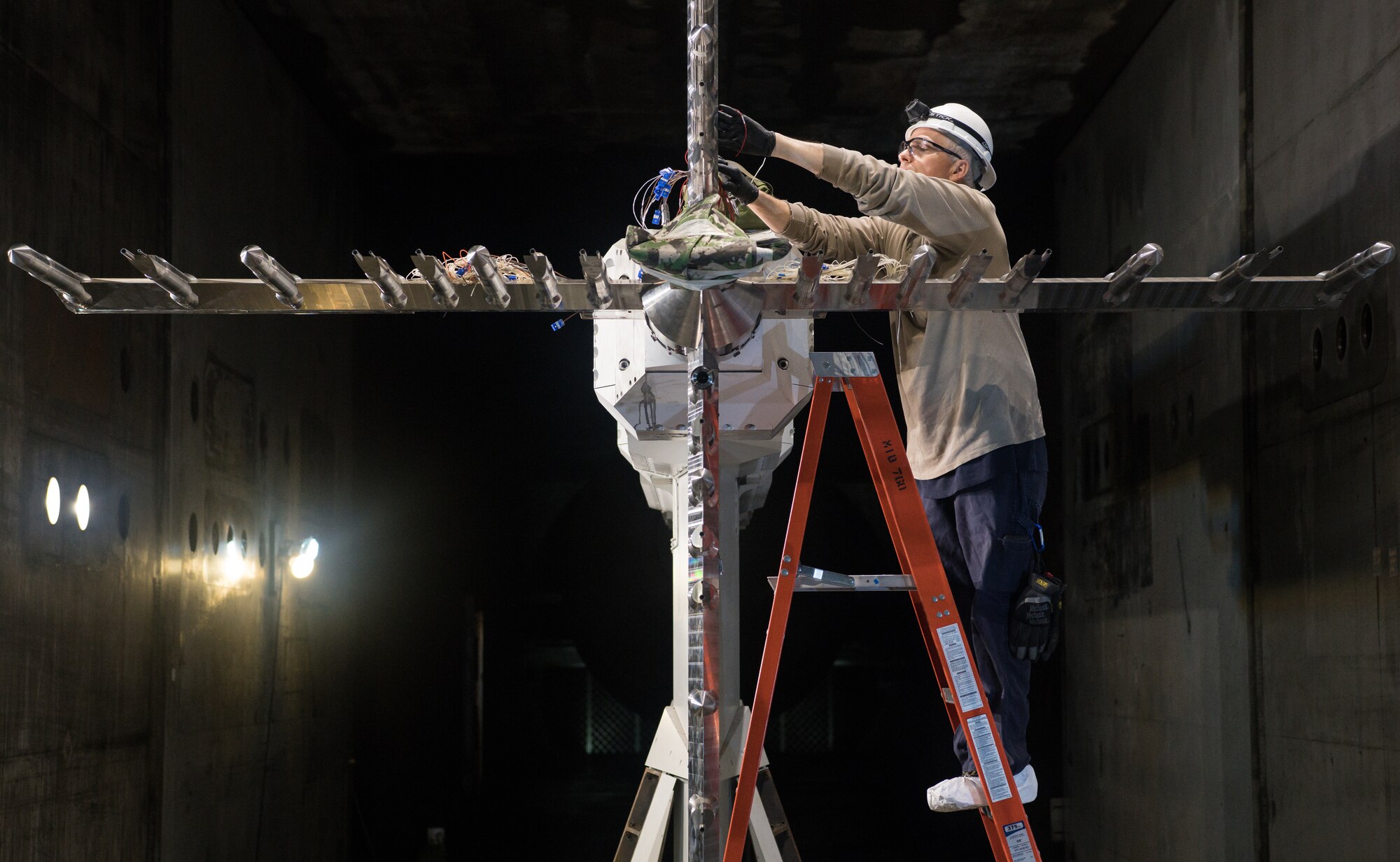
In the world of defense and aerospace technology, weapon system design stands at the forefront of innovation and engineering mastery. Blending precision with power, this specialized field demands an intricate balance of technical skills, strategic thinking, and cutting-edge technology.
In this article, we will delve into the essential elements of weapon designing, exploring its significance, components, and future trends.
The Importance of Weapon System Design
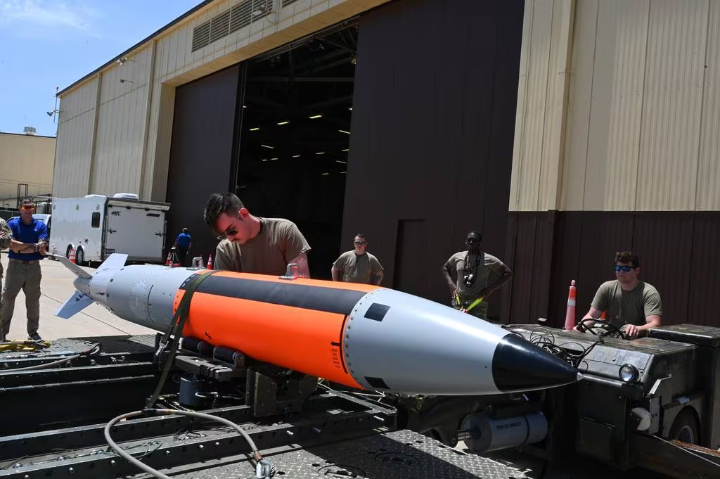
Weapon system design is critical for ensuring that military forces maintain a competitive edge and can effectively respond to diverse threats. High-precision systems not only enhance combat effectiveness but also reduce collateral damage, making operations more efficient and humane.
Key Components of Weapon System Design

To get a better understanding of how the weapon system designing is evolving in modern times, let’s have a look at the key components of this system. Following are 4 key components that have revolutionized modern warfare.
Precision Engineering
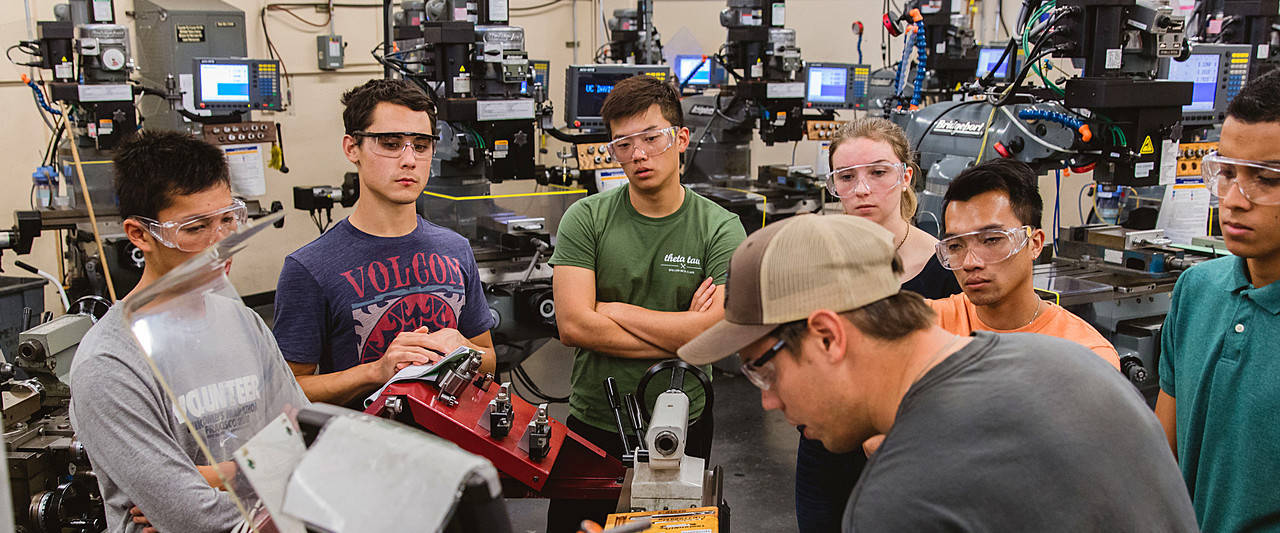
Precision engineering is the backbone of any weapons system. This involves meticulous attention to detail in the design, manufacturing, and assembly processes. Advanced computer-aided design (CAD) software and simulation tools are employed to ensure the highest levels of accuracy.
Power Management

Balancing power is another crucial aspect. This includes optimizing the energy sources, whether they are chemical, electrical, or mechanical, to ensure that the weapon system performs consistently under various conditions. Effective power management enhances both the reliability and longevity of the system.
Integration of Advanced Technologies
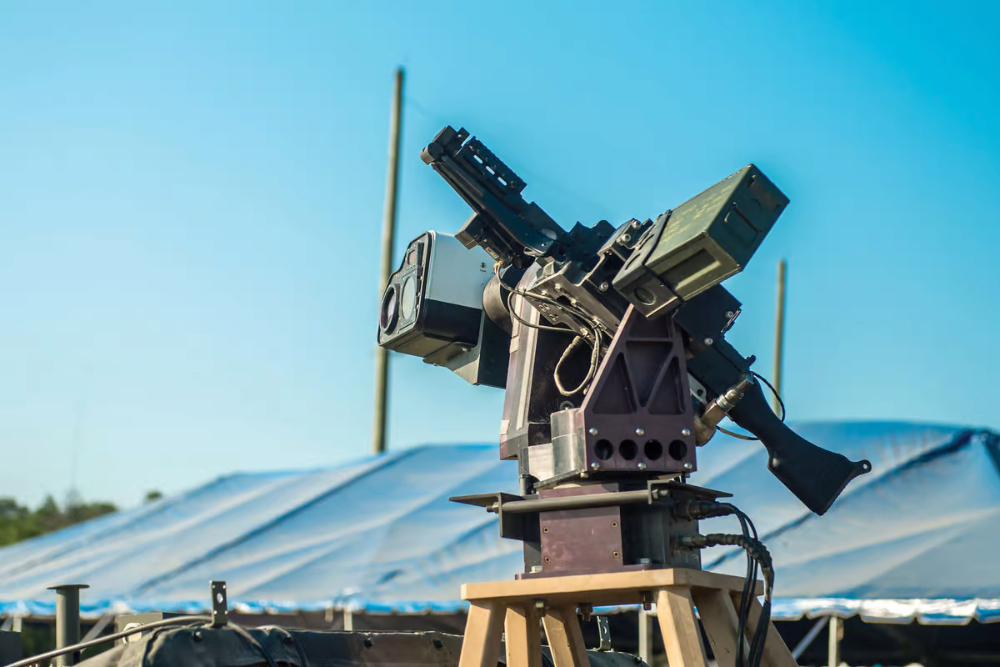
Modern weapon systems leverage advancements in aerospace technology, including satellite navigation, artificial intelligence, and robotics. These technologies contribute to enhanced targeting accuracy, real-time data processing, and autonomous operation capabilities.
Material Science

The selection of materials is vital for achieving the desired balance between strength, weight, and durability. Innovations in material science, such as the development of lightweight composites and high-strength alloys, play a significant role in modern weapon system design.
What are the primary considerations in weapon system design?
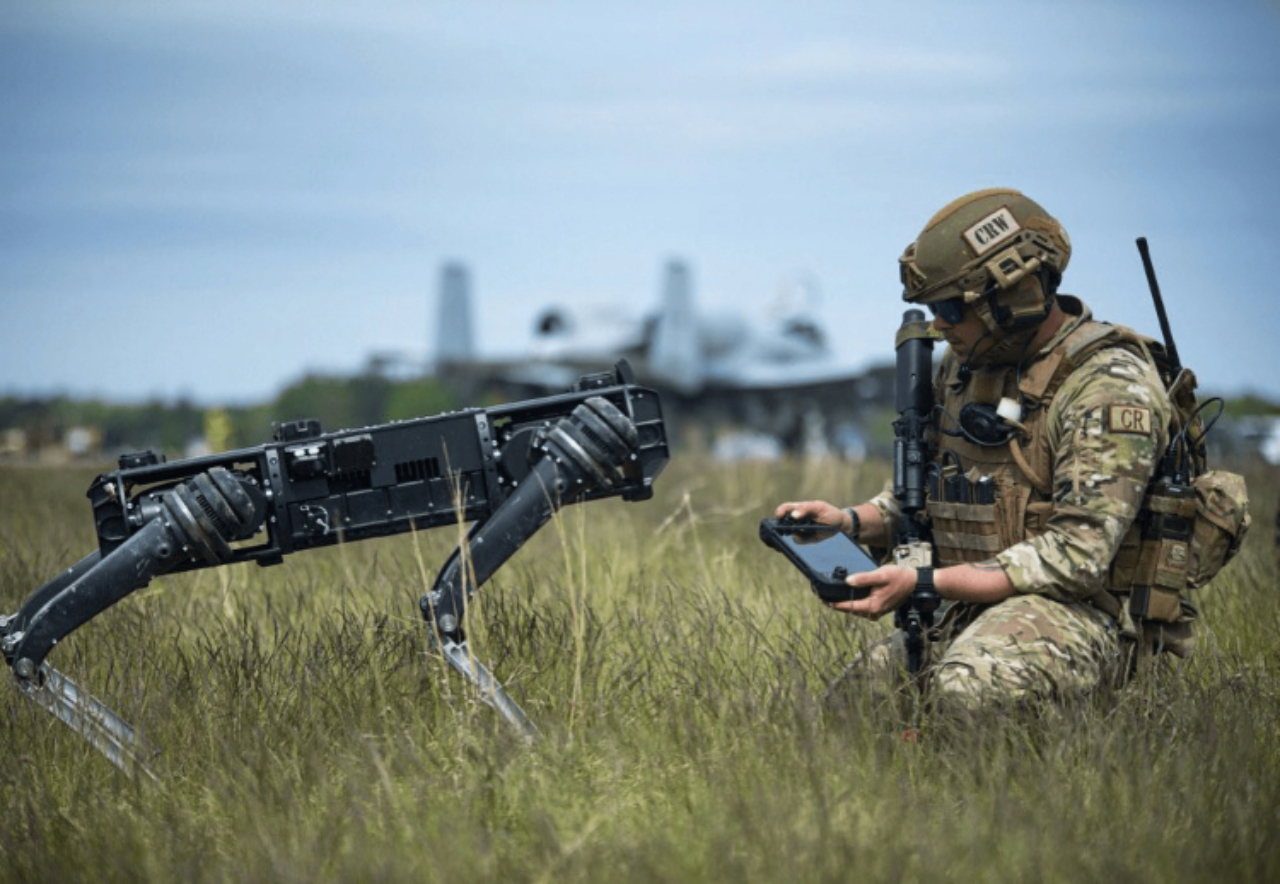
The primary considerations include precision, power, reliability, integration of advanced technologies, and material selection. Each of these elements must be meticulously balanced to create an effective and efficient weapon system.
How does aerospace technology contribute to weapon system design?

Aerospace technology contributes by providing advanced navigation systems, AI-driven analytics, and robotic solutions that enhance the accuracy, efficiency, and autonomy of modern weapons. It also aids in the miniaturization of components, enabling more compact and versatile designs.
What role does material science play in weapon system design?

Material science is crucial for selecting the right materials that offer a balance of strength, weight, and durability. Innovations in this field lead to the development of lightweight yet robust materials, which significantly impact the performance and durability of weapon systems.
What are the future trends in weapon system design?
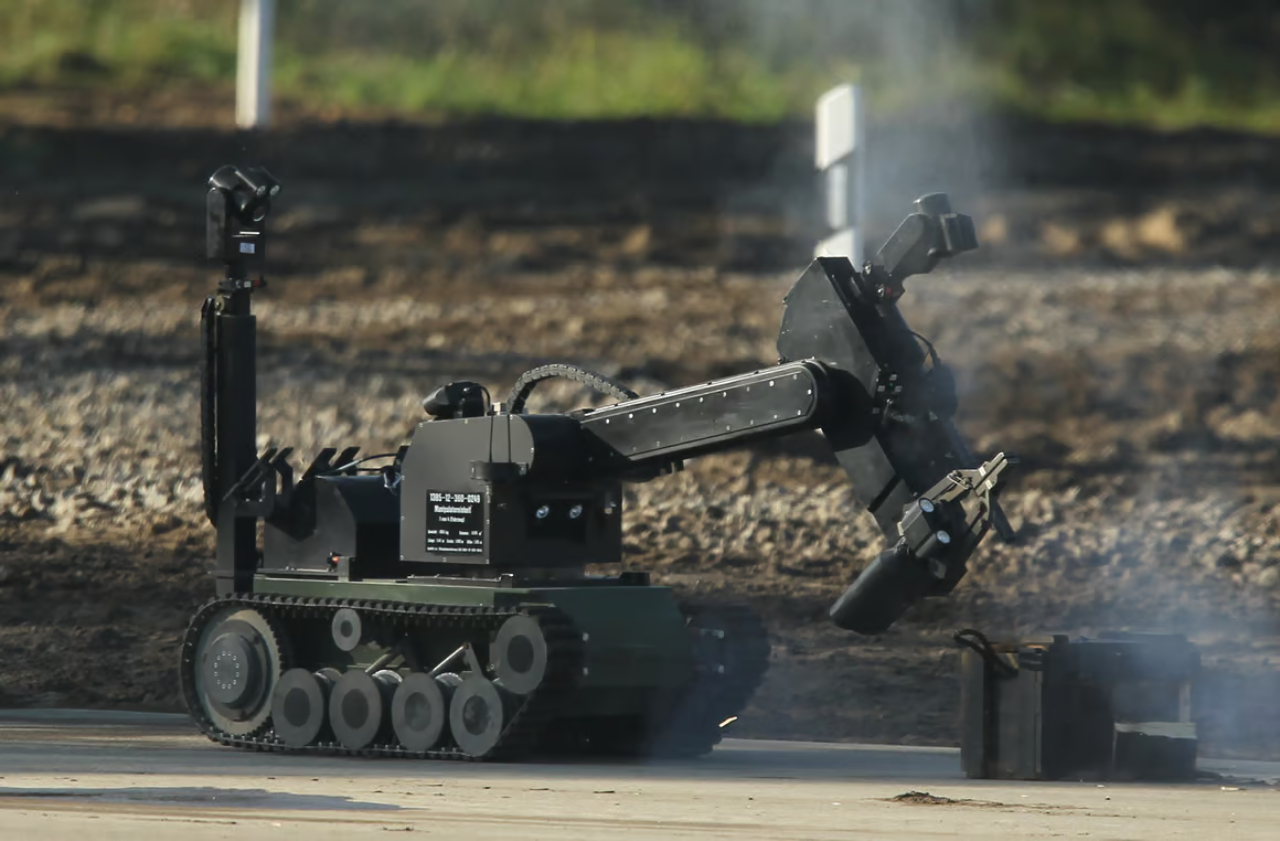
Future trends include increased use of AI and machine learning for predictive maintenance and autonomous operations. Furthermore, the integration of eco-friendly materials and the development of more sophisticated cyber-physical systems can be expected to enhance overall mission effectiveness.
Stay Updated with Fifty50 Official
Don’t miss the latest! Follow Fifty50 Official for news, movies, guns, and more. Stay informed and ahead of the curve.
Check out Fifty50 Official now!

Recent Comments